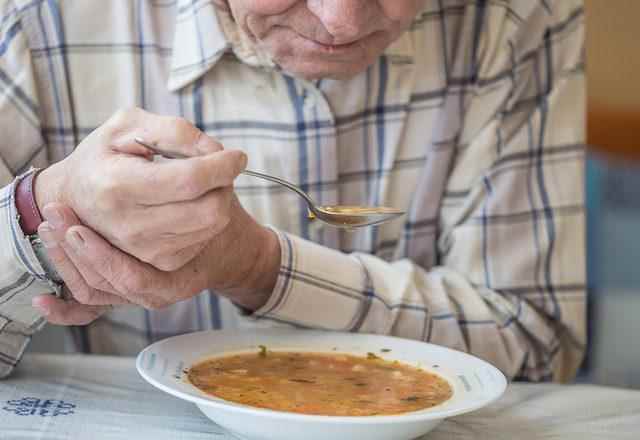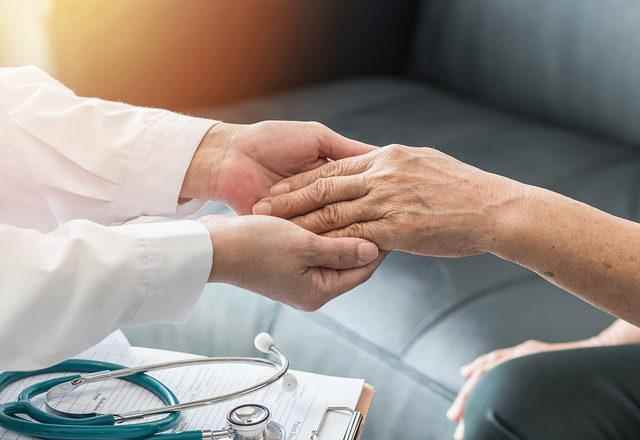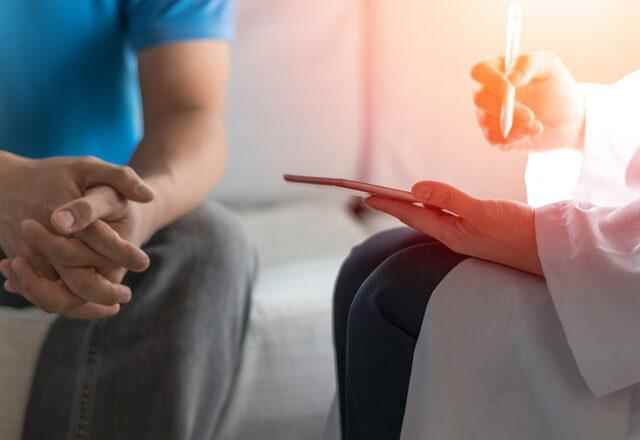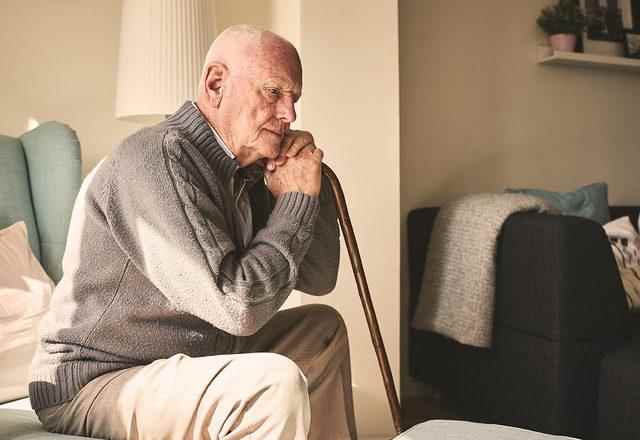Parkinson’s disease is a serious brain disease. Parkinson’s disease occurs as a result of the deterioration of the cells in the brain that produce the substance that enables brain cells to communicate with each other, called dopamine. Parkinson’s disease, which is mostly seen after the age of 60, has also started to be seen at younger ages. Parkinson’s disease can be caused by genetics, chemicals such as drugs that cause cell loss. In order to diagnose Parkinson’s, which is an insidious disease, it is necessary to pay attention to the symptoms shown.
Involuntary movements are observed in patients
Assoc. Dr. Pulat Akın Sabancı “As Parkinson’s disease affects body movements, the quality of life of the patient gradually decreases over time. Since the disease develops as a result of a decrease in a substance called ‘dopamine’ that enables nerve cells to communicate with each other, patients may experience a honeymoon period in the first years with dopamine and drugs with similar effects. However, due to the fact that it is a progressive disease, the doses of the drugs begin to be insufficient over time and the drug doses are increased under the control of the physician. Involuntary movements begin in patients when very high drug doses are exceeded. In this case, surgical treatment (brain pacemaker) comes to the fore. Brain and Nerve Surgery Specialist Assoc. Dr. Pulat Akın Sabancı listed the 5 most frequently asked questions about Parkinson’s disease and made important warnings and suggestions.
ATTENTION TO SYMPTOMS

- In Parkinson’s disease, which starts insidiously and is usually noticed by unilateral hand tremors, hand tremor is seen at rest. The shaking stops when the hand moves.
- In addition to trembling, slowness and stiffness are seen in movements. This stiffness in the muscles makes movement more difficult in the patient’s joints such as wrist, elbow, hip and knee.
- Due to the difficult movement, the patient develops posture and gait disorders. After a certain period of time, patients begin to be unable to walk by shaking their arms as before, while the normal oscillating movement in their arms disappears.
- There is dullness in facial expressions (reduction in mimics).
- There may also be monotony and quieter speech in their speech.
THERE IS NO DEFINITE TREATMENT

Brain and Nerve Surgery Specialist Assoc. Dr. Pulat Akın Sabancı said, “There is no definitive cure for Parkinson’s disease. There are drugs that only aim to reduce or reverse the symptoms of the disease. In case of resistance to drugs or if complaints (especially tremor) cannot be controlled as strongly as desired with drugs, surgical treatment (brain pacemaker implantation) can be applied.
QUALITY OF LIFE OF PATIENTS INCREASES WITH BRAIN PATTERN

Your main goal in Parkinson’s surgery; Assoc. Dr. Pulat Akın Sabancı says that for this reason, four or five different Parkinson’s drugs used before the surgery are reduced to one or two drugs, and the drug can be stopped completely in some patients who are deemed appropriate. Noting that the brain battery provides patients whose life comfort has started to decline despite the drugs, they can live without being dependent on anyone, swimming and doing sports activities suitable for their physical capacity, Assoc. Dr. Pulat Akın Sabancı states that since the inserted system remains under the skin, no part of it can be seen from the outside.
THE PATIENT MUST MEET SOME CRITERIA IN ORDER TO INSTALLED A BRAIN PATTERN.

Patients suitable for brain pacing surgery are determined by a team of Neurosurgery and Neurology specialists. In order for a brain battery to be implanted, patients must meet certain criteria. Assoc. Dr. Pulat Akın Sabancı says: “Some patients have conditions that start with Parkinson’s-like symptoms but turn into different diseases over the years. For this reason, it is necessary to wait at least a few years to be sure that the patients who will be implanted with a brain battery have Parkinson’s disease. In addition, patients must meet the medical conditions to receive general anesthesia.”
PATIENT DOES NOT FEEL PAIN

The surgery is performed in two stages. In the first and longer part of the operation, which takes about three hours, the patient does not receive general anesthesia. Under local anesthesia, a frame is attached to the patient’s head and conscious is required during the procedure. The patient does not feel any pain. After this first phase, in which cables are attached to the special nuclei of the brain, the frame is removed. The battery to which these cables will be connected is placed under the skin in the chest area of the patient who is anesthetized with general anesthesia. You stay in the hospital for one day after the operation. One week later, the patient is called to the outpatient clinic to check the sutures and adjust the battery settings.
